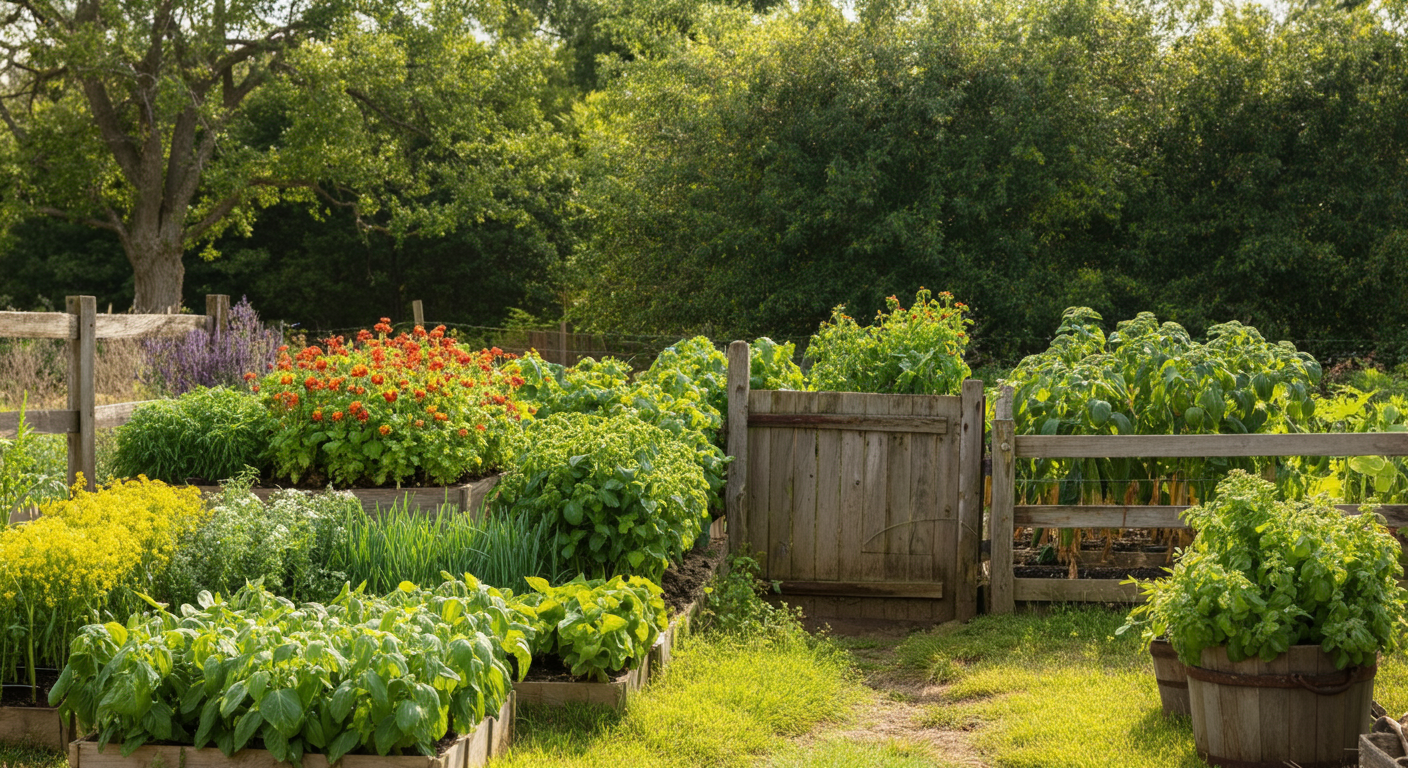Backyard Farming: A Gentle Guide for Beginners
In a world that often feels fast-paced and disconnected, many of us long for a simpler, more grounded way of living. Backyard farming offers just that—an opportunity to grow your own food, connect with nature, and cultivate a sense of self-sufficiency, even in small spaces.
Whether you have a sprawling yard or just a few containers on a balcony, starting a backyard farm is a rewarding journey. Here’s a peaceful, step-by-step guide to help you begin.

1. Start Small and Simple
It’s easy to feel overwhelmed when starting something new, but backyard farming doesn’t have to be complicated. Begin with a few easy-to-grow plants or a small herb garden. Herbs like basil, mint, and parsley are forgiving and thrive in pots. If you have a bit more space, consider lettuce, tomatoes, or green beans—they’re great for beginners.
2. Choose the Right Spot
Most vegetables and herbs need at least 6 hours of sunlight daily. Observe your yard or balcony to find the sunniest spots. If space is limited, vertical gardening (using trellises or hanging planters) can maximize your growing area.
3. Prepare the Soil Gently
Healthy soil is the foundation of a thriving garden. If planting in the ground, loosen the soil and mix in compost to improve fertility. For container gardening, use a high-quality potting mix to ensure good drainage and nutrients.
4. Grow What You Love
There’s no need to plant crops you won’t enjoy. Focus on foods you love to eat—whether it’s fresh salads, homegrown strawberries, or fragrant herbs for cooking. This makes the process more fulfilling and reduces waste.
5. Water with Care
Plants need consistent moisture, but overwatering can be just as harmful as neglect. A good rule is to water when the top inch of soil feels dry. Early morning or late afternoon is the best time to water, reducing evaporation and stress on plants.
6. Embrace Natural Pest Control
Instead of harsh chemicals, try companion planting (growing plants that repel pests naturally, like marigolds or garlic) or handpicking pests like caterpillars. Encouraging beneficial insects, such as ladybugs and bees, also helps maintain balance in your garden.
7. Consider Backyard Livestock (If Space Allows)
If local regulations permit, small livestock like chickens or rabbits can be a wonderful addition. Chickens provide fresh eggs, help with composting, and naturally control insects. Just ensure they have proper shelter, food, and care.
8. Enjoy the Process
Gardening is as much about patience as it is about effort. Some plants will thrive, others may struggle—and that’s okay. Each season teaches something new. Take time to observe, learn, and simply enjoy the quiet satisfaction of nurturing life.
Final Thoughts
Backyard farming is more than just growing food—it’s a gentle return to simplicity, a way to slow down and appreciate the rhythms of nature. Whether you harvest a single tomato or a basket full of greens, the joy of eating something you’ve grown yourself is unmatched.
Start small, stay curious, and let your garden be a peaceful refuge. Happy growing!